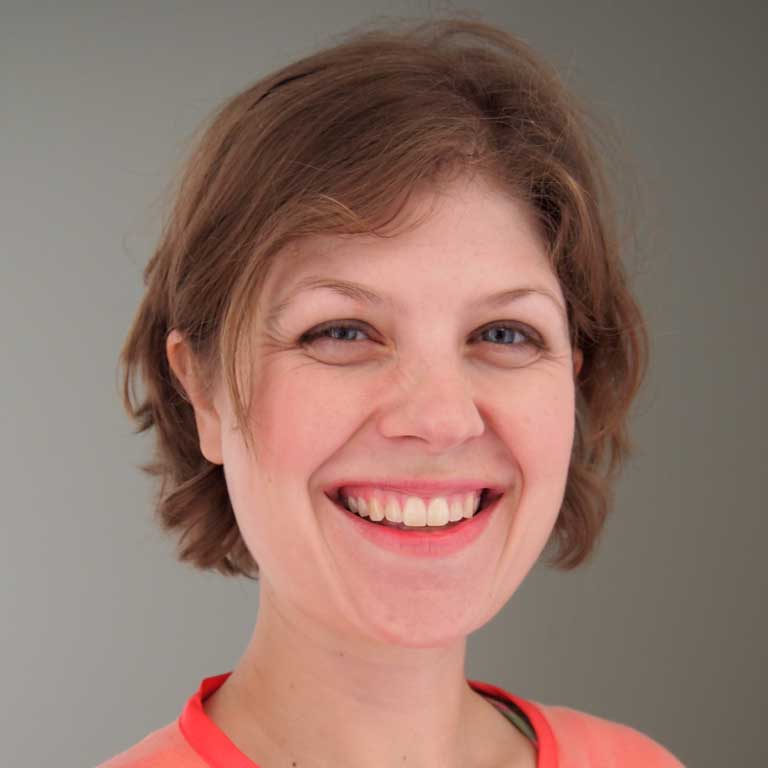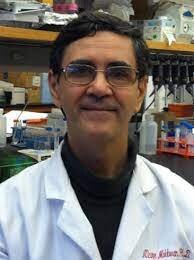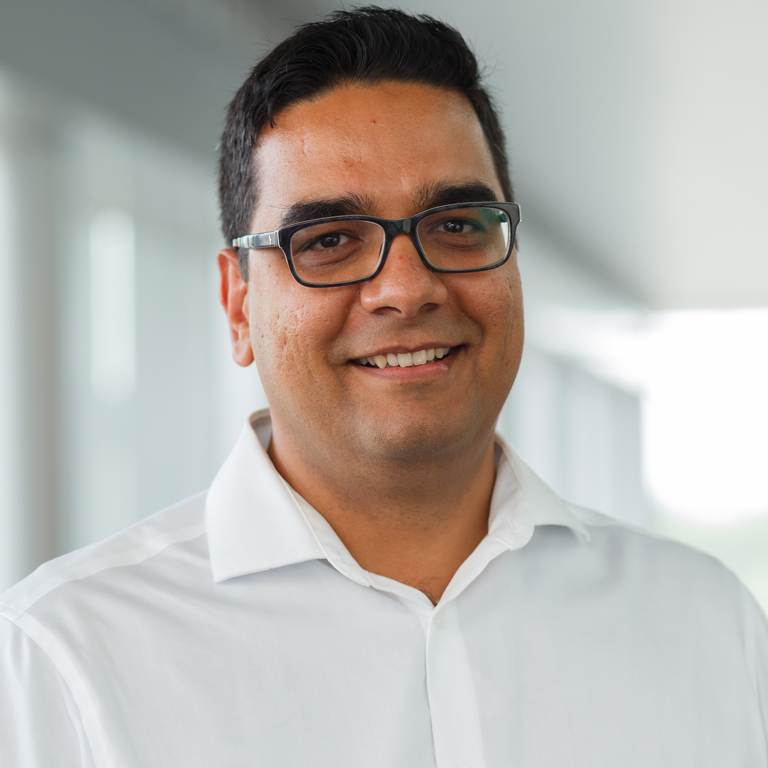The Multidisciplinary Undergraduate Research Institute (MURI) project supports research teams of undergraduate students, graduate students, post-docs, senior staff, and faculty, which gives undergraduate students opportunities to gain research skills and solve real-world problems.
Elizabeth Thill, the faculty mentor for the Great Marble Map of Rome project, said her team of six MURI students and one student volunteer worked on processing and making 3D scanned models of an ancient Roman map available through an open-access website.
Although the research results have not been disseminated yet, the project is anticipated to be published following the opening of a new museum by the team’s Italian research partners. Along with fully processing 210 fragment models and gathering and defining Latin and architectural terms, Thill said the students were able to overcome the challenges that arose from working together virtually due to COVID-19.
“Some students were clearly hesitant to speak up in the beginning, but felt much more comfortable by the last few weeks,” Thill said. “They also struggled with learning new technology and software virtually, but once they got the hang of it, they enjoyed learning a new skill.”





